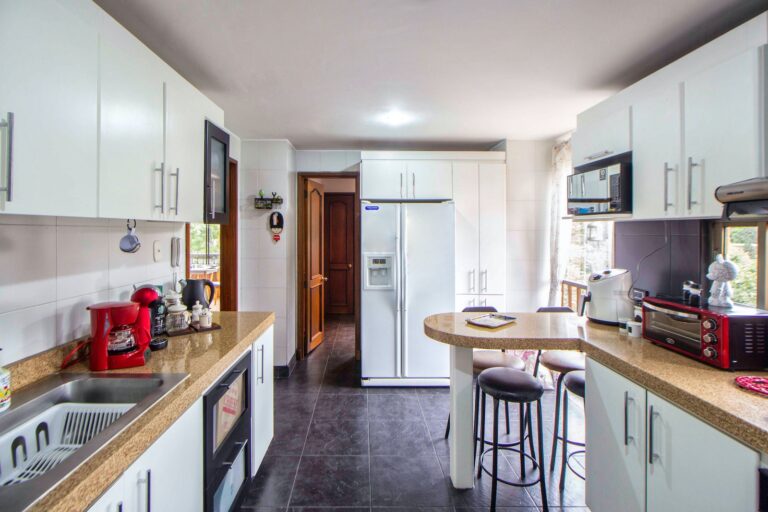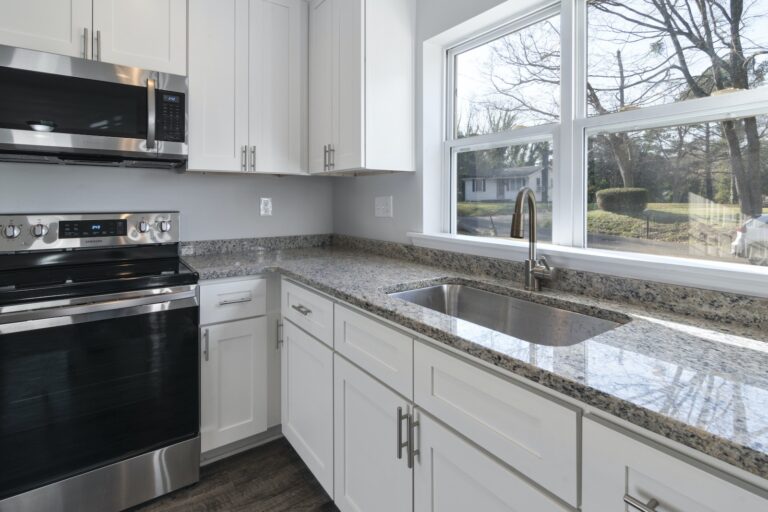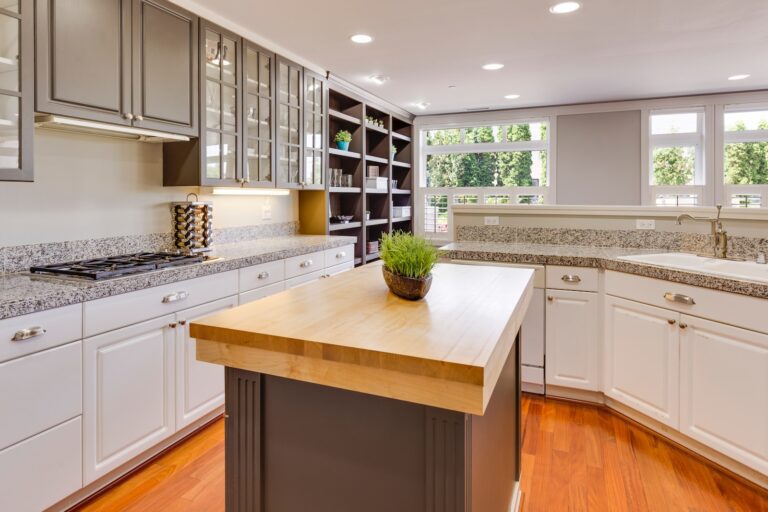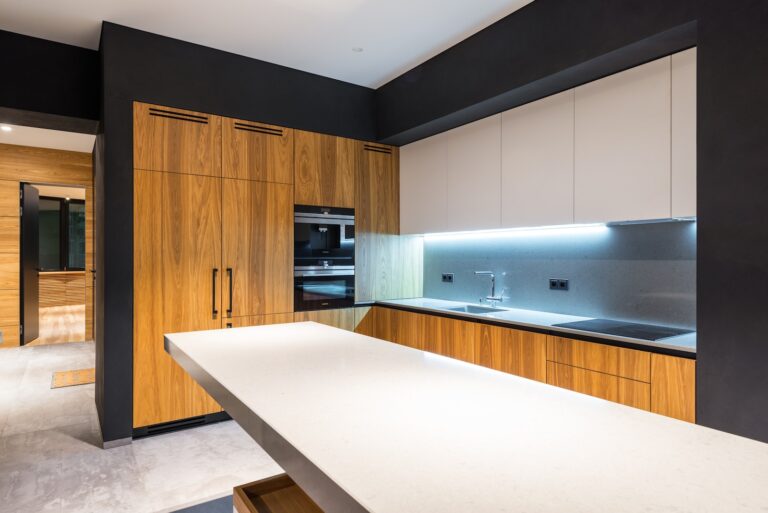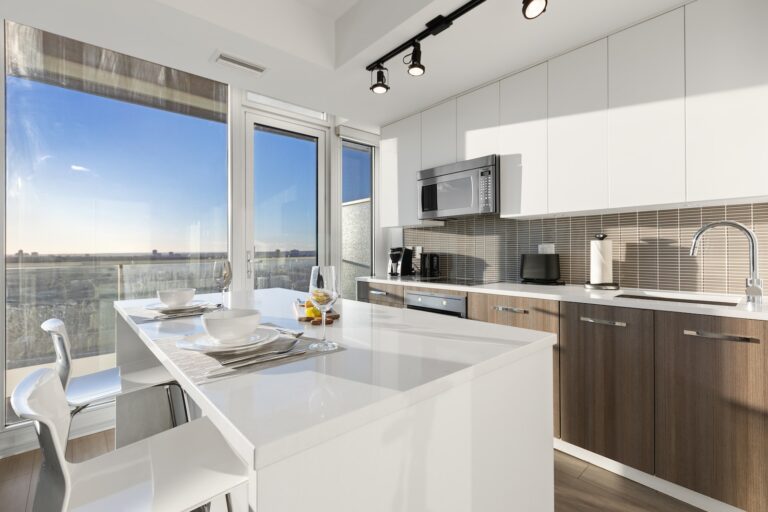Unveiling The Different Materials For Kitchen Cabinets: A Buyer’s Guide
Are you planning to renovate your kitchen? One of the crucial elements to consider is the type of cabinets to install. With numerous options available, it can be overwhelming to choose the right material. In this buyer’s guide, we’ll unveil the different materials for kitchen cabinets to help you make an informed decision. From wood to stainless steel, we’ve got you covered. Keep reading to discover which material suits your style, budget, and kitchen needs.
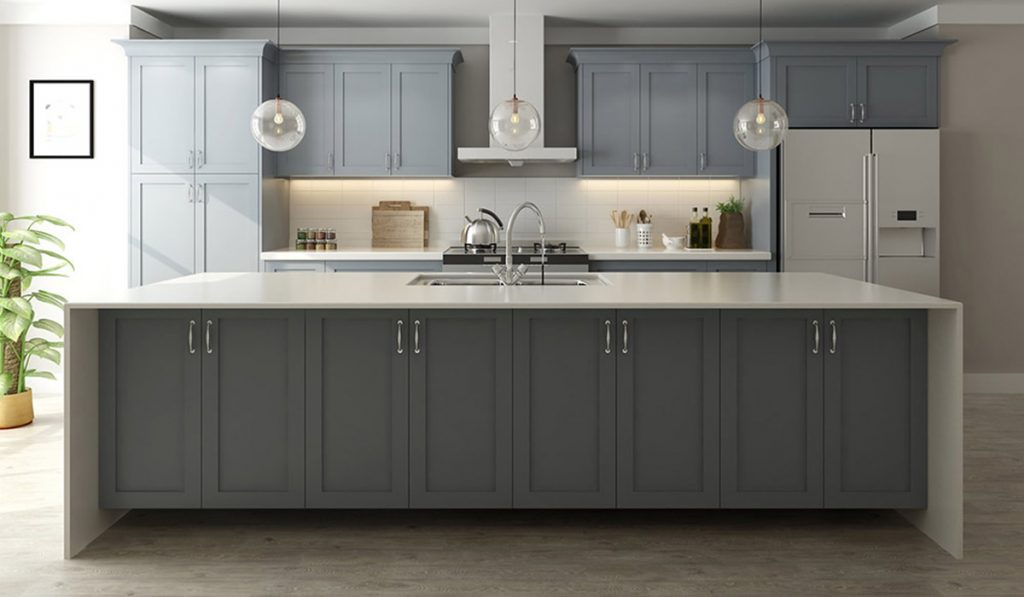
Unveiling the Different Materials for Kitchen Cabinets: A Buyer’s Guide
When it comes to renovating your kitchen, one of the most important decisions you’ll make is choosing the right cabinets. Not only do cabinets play a significant role in the overall aesthetics of your kitchen, but they also need to be durable and functional. With so many materials to choose from, it can be overwhelming to know where to start. That’s why we’ve put together this buyer’s guide to help you make an informed decision.
Wood Cabinets
Wood cabinets are a classic choice for kitchen cabinetry and come in a variety of species, including oak, maple, cherry, and pine. They offer a warm, natural look and can be stained or painted to match your décor. Wood cabinets are durable and can last for decades if properly cared for. However, they can be susceptible to scratches and dents, and they require regular maintenance to prevent warping and cracking.
If you’re considering wood cabinets, it’s important to choose a high-quality wood that is appropriate for the level of use in your kitchen. Oak and maple are popular choices for their durability, while cherry and pine are softer woods that may require more maintenance.
Benefits of Wood Cabinets:
- Natural beauty and warmth
- Durable and long-lasting
- Can be stained or painted to match your décor
Wood Cabinets vs. Other Materials:
| Wood Cabinets | Laminate Cabinets | Metal Cabinets |
| Durable and long-lasting | Less expensive | Dent and scratch-resistant |
| Natural beauty and warmth | Easy to clean | Modern and sleek look |
| May require regular maintenance | Not as durable as wood | May show fingerprints and smudges |
Laminate Cabinets
Laminate cabinets are made from a thin layer of synthetic material that is adhered to a substrate, such as particleboard or MDF. They are less expensive than wood cabinets and come in a variety of colors and patterns that mimic the look of natural materials, such as wood, stone, and metal. Laminate cabinets are easy to clean and require minimal maintenance. However, they are not as durable as wood and can be prone to chipping and peeling.
If you’re considering laminate cabinets, it’s important to choose a high-quality laminate that is appropriate for the level of use in your kitchen. Thicker laminates are more durable than thinner laminates and will resist chipping and peeling better.
Benefits of Laminate Cabinets:
- Less expensive than wood cabinets
- Come in a variety of colors and patterns
- Easy to clean and maintain
Laminate Cabinets vs. Other Materials:
| Laminate Cabinets | Wood Cabinets | Metal Cabinets |
| Less expensive | Durable and long-lasting | Dent and scratch-resistant |
| Easy to clean | Natural beauty and warmth | Modern and sleek look |
| Not as durable as wood | May require regular maintenance | May show fingerprints and smudges |
Metal Cabinets
Metal cabinets are a modern and sleek option for kitchen cabinetry. They are typically made from stainless steel or aluminum and offer a durable and scratch-resistant surface that is easy to clean. Metal cabinets can be a good choice for a contemporary or industrial-style kitchen, but they may not be the best choice for a traditional or classic look.
If you’re considering metal cabinets, it’s important to choose a high-quality metal that is appropriate for the level of use in your kitchen. Stainless steel is the most durable and corrosion-resistant option, while aluminum is more lightweight and may be less expensive.
Benefits of Metal Cabinets:
- Modern and sleek look
- Durable and scratch-resistant
- Easy to clean
Metal Cabinets vs. Other Materials:
| Metal Cabinets | Wood Cabinets | Laminate Cabinets |
| Modern and sleek look | Natural beauty and warmth | Less expensive than metal |
| Dent and scratch-resistant | Durable and long-lasting | Easy to clean |
| May show fingerprints and smudges | May require regular maintenance | Not as durable as wood |
Conclusion
Choosing the right material for your kitchen cabinets is an important decision that will affect the overall look and functionality of your kitchen. Wood cabinets offer a classic and natural look, while laminate cabinets are less expensive and come in a variety of colors and patterns. Metal cabinets offer a modern and sleek look and are durable and easy to clean. Consider your budget, style preferences, and level of use when making your decision. With the right material and proper care, your kitchen cabinets can last for decades and provide a functional and beautiful space for your family to enjoy.
Frequently Asked Questions
What are the most common materials used for kitchen cabinets?
There are several materials used for kitchen cabinets, but the most popular ones are wood, MDF (medium-density fiberboard), particleboard, and plywood. Wood is the most expensive option, but it is also the most durable and long-lasting. MDF and particleboard are more affordable and can be easily painted or laminated. Plywood is a good compromise between wood and MDF, as it is sturdier than MDF and less expensive than wood.
When choosing the material for your kitchen cabinets, consider your budget, durability needs, and desired aesthetic. Each material has its own advantages and disadvantages, so make sure to do your research and compare options before making a final decision.
What is the difference between solid wood and engineered wood?
Solid wood is made from natural wood, while engineered wood is a composite material made from wood fibers, resin, and other materials. Solid wood is more expensive but has a higher quality and durability, while engineered wood is more affordable and versatile in terms of design and finish.
If you want a classic and long-lasting look for your kitchen cabinets, solid wood is the way to go. However, if you prefer a modern and customizable look, engineered wood may be a better option. Consider your design preferences, budget, and maintenance needs when choosing between the two.
What are the benefits of using laminates for kitchen cabinets?
Laminates are a popular material for kitchen cabinets because they are affordable, durable, and easy to maintain. They come in a variety of colors, patterns, and textures, allowing you to achieve any design style you want. Laminates are also resistant to stains, scratches, and heat, making them ideal for high-traffic areas like the kitchen.
Another benefit of laminates is that they can mimic the look of other materials like wood or stone, but at a fraction of the cost. They are also easy to install and can be customized to fit any kitchen size or layout. If you want a low-maintenance and cost-effective material for your kitchen cabinets, laminates are a great choice.
What are the drawbacks of using particleboard for kitchen cabinets?
Particleboard is a popular material for kitchen cabinets because it is affordable and easy to work with. However, it has some drawbacks that should be considered before making a decision. First, particleboard is not as durable as other materials and can easily be damaged by moisture and humidity. It also has a low resistance to impact and can easily dent or scratch over time.
Another drawback of particleboard is that it is not as eco-friendly as other materials, as it is made from wood particles and chemicals that can emit harmful volatile organic compounds (VOCs). If you want a more durable and eco-friendly material for your kitchen cabinets, consider other options like plywood or MDF.
How can I maintain the quality of my kitchen cabinets?
To maintain the quality and durability of your kitchen cabinets, there are several things you can do. First, avoid placing heavy items on top of them or leaning on them, as this can cause damage or warping over time. Second, clean your cabinets regularly with a soft cloth and mild soap, and avoid using abrasive or chemical cleaners that can damage the finish.
Finally, make sure to address any repairs or damages as soon as possible, as this can prevent them from getting worse and requiring more costly repairs in the future. By taking good care of your kitchen cabinets, you can ensure that they last for years and maintain their aesthetic appeal.

Don’t Buy A Kitchen Without Watching This! How to Tell the Difference in Cabinet Materials!
In conclusion, choosing the right material for your kitchen cabinets is crucial in achieving the perfect balance between functionality and aesthetics. With the variety of options available in the market, it can be overwhelming to make a decision. However, by considering factors such as durability, maintenance, and cost, you can narrow down your choices and find the perfect fit for your needs.
Remember that each material has its pros and cons, and it’s essential to weigh them carefully before making a purchase. Whether you opt for solid wood, laminate, metal, or any other material, ensure that it aligns with your lifestyle and design preferences. With the right choice of material, your kitchen cabinets will not only serve their purpose but also elevate the overall look of your space.
Lastly, don’t forget to consult with a professional to get expert advice on the best material for your kitchen cabinets. They can provide insights and recommendations based on your needs, budget, and the overall design of your kitchen. With their guidance, you can make an informed decision and enjoy your beautiful and functional kitchen cabinets for years to come.

